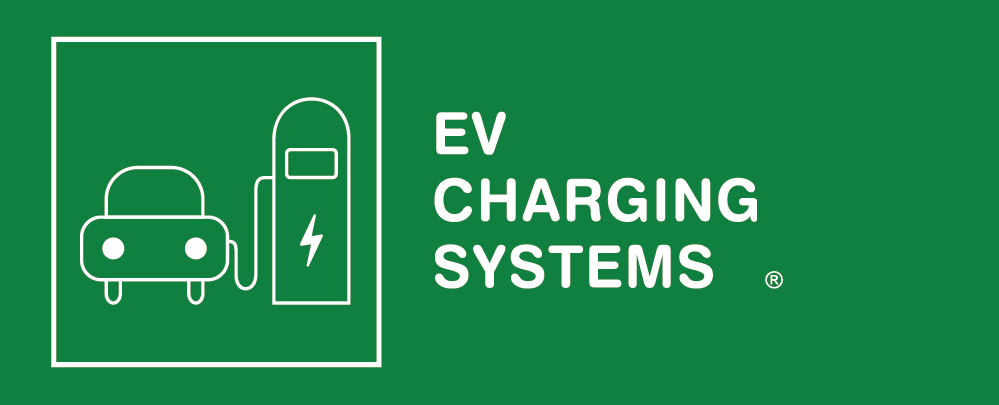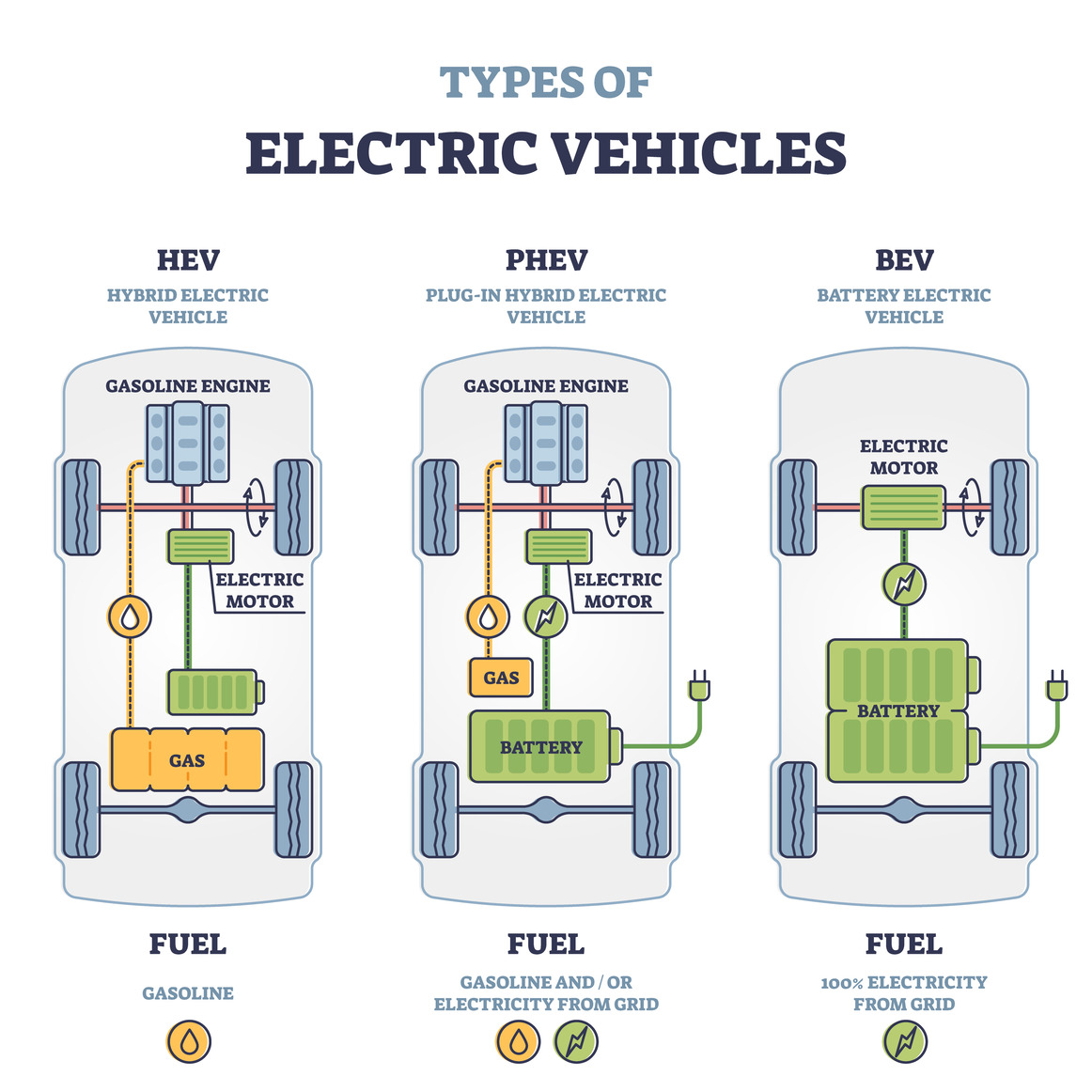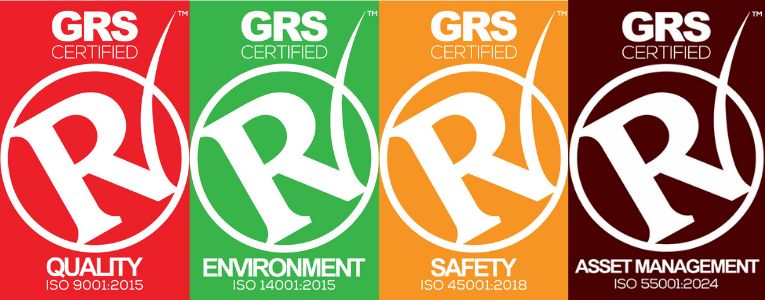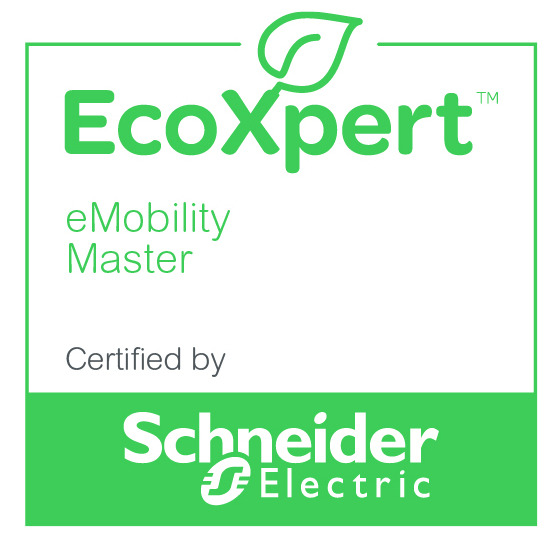With thousands of electric vehicles on Australian roads, EVs are growing increasingly popular. But the rapidly expanding EV market means there are more choices than ever, such as hybrid models, fully electric cars, and plug-in hybrids.
While electric vehicles and hybrids can both reduce your petrol costs and carbon dioxide emissions, their range, initial cost, and maintenance are important considerations.
If you’re deciding which EV solution is right for you, our guide will cover the differences between three common types of electric vehicles to help you decide.
Key Summary:
- Battery Electric Vehicles (BEVs) are fully electric cars that are powered by a lithium-ion battery that needs to be charged via an external source
- Hybrid vehicles combine two power sources, most commonly a traditional internal combustion engine and an electric car motor
- Plug-in Hybrid Cars (PHEV) are similar to full hybrids but are capable of charging their batteries directly using grid energy
- The main difference between fully EV and hybrid vehicles is that hybrids do not need to be charged via an external source since the vehicle can generate its own electricity to store in the battery
- Electric vehicles are considered the cleanest and cheapest to run but they cost more initially
- Hybrid vehicles require more maintenance since they have a traditional internal combustion engine
Types of Electric and Hybrid Vehicles
- Battery Electric Vehicles (BEVs)
- Hybrid Electric Vehicles (HEVs)
- Plug-In Hybrid Electric Vehicles (PHEVs)
What is a Battery Electric Vehicle (BEVs)?
Battery electric vehicles have an electric motor that is powered by a large lithium-ion battery pack. They do not use any diesel or petrol and do not produce any emissions. Rather, they require an external charging source, such as a home charging station or public charging station.
BEVs are the ideal option for vehicle owners who want to completely eliminate their reliance on fossil fuels.
Some of the key differences between BEVs and ICEs (internal combustion engines) include:
- Zero emissions
- No petrol or diesel required
- Faster and smoother acceleration
- Quieter operation
Advantages of Electric Vehicles
- Greater Energy Efficiency: Electric motors are highly efficient at converting energy into movement, outperforming traditional internal combustion engines in this regard.
- Quieter Operation: BEVs are much quieter, especially at lower speeds, which helps reduce noise pollution in urban areas.
- Enhanced Performance: Electric motors deliver instant torque, providing rapid acceleration and a smoother driving experience.
- Zero Emissions: BEVs produce no tailpipe emissions, making them a cleaner, more environmentally friendly option that helps reduce air pollution.
Disadvantages of Electric Vehicles
- Higher Upfront Costs: BEVs tend to have a higher purchase price than similar petrol-powered vehicles, mainly due to the cost of batteries.
- Longer Charging Times: Charging a BEV takes longer than filling up a petrol tank, though advancements in fast-charging technology are helping to shorten the wait.
- Weather Impacts: Extreme temperatures, especially cold weather, can reduce battery performance and decrease the driving range of BEVs.
Examples of BEVs
The most popular battery electric vehicles in Australia includes the Tesla Model Y, Tesla Model 3, BYD Atto 3 and the Hyundai Ioniq 5.
What is a Hybrid Electric Vehicle (HEVs)?
Hybrid electric vehicles combine an internal combustion engine with an electric motor. HEVs can either run on battery electricity, its petrol engine, or a combination of both.
The vehicle automatically switches to run on the most efficient energy source. For instance, a hybrid vehicle typically switches to the electric motor when driving at low speeds or idling to maximise efficiency.
These versatile vehicles use a small battery pack that gets recharged from the engine or via regenerative braking. Regenerative braking is a process where kinetic energy is fed into the battery when the vehicle stops or slows down.
HEVs at a glance:
- More affordable than fully electric alternatives
- Do not require an external source for charging
- Around 10 to 30 percent more fuel efficient than comparable vehicles with internal combustion engines
- Most efficient in urban settings rather than country as the battery recharges faster in stop-start traffic compared to steady highway speeds
- Cannot be plugged into a charging station
Advantages of Hybrid Electric Vehicles
- Improved Fuel Efficiency: Hybrids use less fuel than traditional vehicles, especially in stop-start city traffic, making them a great option for urban driving.
- Lower Emissions: With reduced fuel consumption, hybrids produce fewer greenhouse gases, contributing to a greener environment.
- Quieter Performance: The electric motor operates almost silently at lower speeds, providing a smooth and quiet driving experience.
- No Range Worries: Unlike fully electric cars, hybrids can switch to their petrol engine when the battery runs low, so long trips are hassle-free.
Disadvantages of Hybrid Electric Vehicles
- Higher Upfront Costs: Hybrids tend to come with a steeper price tag compared to similar petrol-only models.
- More Complex Systems: The combination of electric and petrol power systems means more parts, which could lead to increased maintenance expenses.
- Battery Replacement Costs: Although rare, replacing a hybrid’s battery pack can be costly if it becomes necessary.
Examples of HEVs
The most popular hybrid electric vehicles in Australia includes the Toyota Corolla Hybrid, Toyota RAV4 Hybrid, Nissan X-Trail e-Power Hybrid, and the Kia Sorento Hybrid.
What is a Plug-In Hybrid Electric Vehicle (PHEVs)?
Plug-In Hybrid Electric Vehicles are similar to full hybrids but they have a battery that can be charged from an external source.
Rather than relying on petrol or regenerative braking, plug-in hybrids can be charged with grid energy like a standard electric vehicle. These versatile vehicles can be an ideal solution for owners who want the best of both worlds.
However, keep in mind that PHEVS need to be serviced more regularly due to their internal combustion engine. They also tend to use more electricity in electric mode due to the weight of the engine components and fuel tank.
Advantages of Plug-In Hybrid Vehicles
- Enhanced Fuel Efficiency: PHEVs can deliver impressive fuel savings, particularly on shorter trips where the electric motor can handle most of the driving.
- Lower Emissions: When using electric power, PHEVs produce zero tailpipe emissions, making them a cleaner alternative to petrol-only vehicles.
- Versatile Driving: PHEVs offer the best of both worlds—electric driving for daily commutes and petrol for longer journeys, so there’s no need to worry about running out of charge.
- Reduced Running Costs: Since electricity is generally cheaper than petrol, regular charging can help PHEV owners save on fuel expenses.
Disadvantages of Plug-In Hybrid Vehicles
- Higher Purchase Price: PHEVs usually come with a higher price tag compared to similar petrol-only vehicles, thanks to their more complex dual power system and larger battery.
- Increased Complexity: With both electric and petrol powertrains, PHEVs have more components, which may result in higher maintenance costs over time.
- Added Weight: The extra battery and electric components make PHEVs heavier, which can affect handling and overall performance.
Examples of PHEVs
The most popular hybrid electric vehicles in Australia includes the MG HS Plus EV, Mitsubishi Outlander PHEV, Kia Sorento PHEV and the Mazda CX-60 PHEV.
Comparing Charging, Range, and Refueling Between EV vs Hybrid Vehicles
| BEVs (Battery Electric Vehicles) | PHEVs (Plug-in Hybrid Electric Vehicles) | HEVs (Hybrid Electric Vehicles) | |
|---|---|---|---|
| Charging |
|
|
|
| Range |
|
|
|
| Refueling |
|
|
|
BEVs
BEVs rely entirely on charging stations. Although improvements have been made, EV range is still limited.
The range of an EV will depend on the car’s battery size and capacity, the model, and other factors. A battery with 6.1 kWh of power will have a range of approximately 90 km.
Charging times vary depending on the type of charging station and the EV’s battery. Charging can take as little as 30 minutes or up to 12 hours. Typically, charging a common 7 kWh EV battery from empty to full will require leaving your vehicle plugged in overnight.
150kWh rapid charging stations offer the fastest charge times but they are the costliest method.
PHEVs
Partial hybrid vehicles offer the advantage of both electric charging and traditional refueling. Plug-ins rely on the electric motor as their primary power source but can travel long distances on petrol.
Most PHEVs can travel around 40 km on a charge. Certain newer models are capable of reaching ranges up to 100km.
HEVs
Hybrid electric cars have an impressive range, allowing them to drive for hundreds of kilometres before needing refueling. When relying on petrol, this makes them well-suited to long distance travel.
Although they cannot be plugged in, they benefit from regenerative braking when relying on the electric motor. In electric mode, HEVs are best suited to shorter trips, especially in city environments with a lot of stopping and going.
Performance and Maintenance
| BEVs (Battery Electric Vehicles) | HEVs and PHEVs (Hybrid and Plug-in Hybrid Electric Vehicles) | |
|---|---|---|
| Performance |
|
|
| Maintenance |
|
|
BEVs
Full electric vehicles offer a greater electric-only range compared to PHEVs. They also boast zero tailpipe emissions and quiet, smooth performance.
With fewer moving parts and only an electric engine, EVs require minimal maintenance. No spark plugs, engine tune-ups, or oil changes to worry about!
HEVs and PHEVs
BEVs surpass hybrid vehicles when it comes to the smoothest driving experience. However, HEVs are more fuel-efficient in the long run for certain types of driving, particularly short trips in urban settings.
The ability to rely on petrol for long journeys also gives hybrid vehicles the advantage for distance travel.
However, the internal combustion engine in HEVs and PHEVS is subject to both expected and unexpected unplanned maintenance costs.
These include:
- Spark plug replacement
- Oil changes
- Engine servicing
- Risk of engine failure
- Coolant and fluid maintenance and flushing
- Brake cleaning and repairs
Cost Considerations of EV vs Hybrids
| BEVs (Battery Electric Vehicles) | PHEVs (Plug-in Hybrid Electric Vehicles) | HEVs (Hybrid Electric Vehicles) | |
|---|---|---|---|
| Initial Cost to Purchase |
|
|
|
| Fuel Costs |
|
|
|
| Charging Costs |
|
|
|
Initial Cost to Purchase: BEVs vs. HEVs vs. PHEVs
Typically, hybrids are more affordable up front than electric vehicles. However, fully electric vehicles are cheaper to run and maintain. Additionally, fully electric vehicles are often eligible for various government incentives.
HEVs and PHEVs offer many owners the ideal middle ground between fuel savings and the initial purchase price. However, maintenance and the cost of petrol are long-term costs to consider.
Fuel or Charging Costs
Fully electric vehicles are the cheapest to run since they can be charged using at-home charging stations, solar panels, or public charging stations. In many cases, it can be free to recharge an electric car.
Still, it is important to consider that there are fewer public charging stations compared to fuel service stations. You may also want to factor in the amount of time you need to set aside for charging.
Government Incentives and Tax Benefits for Electric and Hybrid Vehicles
Throughout Australia, a variety of government incentives, rebates, subsidies, and tax credits are available for the purchase of eligible electric, hybrid, and plug-in hybrid vehicles.
Many of these incentives can be combined with other rebates and schemes, providing significant savings on the purchase of an EV.
Because they still emit greenhouse gases when relying on the internal combustion engine, HEVs and PHEVS qualify for fewer rebates and incentives.
Australian Incentives and Benefits for EVs and hybrids include:
- Zero Emission Vehicle Rebate Scheme (ZEV Rebate)
- Charge Up WA EV Workplace Grant
- Luxury Car Tax Threshold
Zero Emission Vehicle Rebate Scheme (ZEV Rebate)
WA’s Zero Emission Vehicle Rebate Scheme is a financial incentive created as part of the government’s Clean Energy Car Fund. The purpose of the rebate is to encourage the purchase of eligible zero-emission vehicles.
The Zero Emission Vehicle Rebate does not apply to hybrids or plug-in hybrids, since their internal combustion engine can still emit greenhouse gases.
To be eligible for the Zero Emission Vehicle Rebate Scheme, WA requires the vehicle to be:
- A new vehicle that has never been registered or licensed in Australia or overseas
- Valued at or below $70,000 (including GST)
- Powered solely by batteries or hydrogen fuel cells
- Have a vehicle license granted in Western Australia on or after May 10, 2022
Charge Up WA EV Workplace Grant
The Charge Up WA EV Charger Grant Support was enacted to help small to medium enterprises, local government bodies, and non-profit organisations seeking to add electric vehicle charging facilities in their workplace.
Luxury Car Tax Threshold
The Luxury Car Tax threshold was created to encourage luxury EV purchases in Australia. The Act also removed the 5% import tariff to help make EVs more affordable.
BEVs vs Hybrid Cars vs Plug-In Hybrid Vehicles – Which Is Right for You?
Electric, hybrid, and plug-in hybrid vehicles can all reduce greenhouse gas emissions and help us move toward a more sustainable country and world.
Each type of electric vehicle has pros and cons to consider, mainly cost, range, and maintenance.
If you primarily drive short distances with a lot of stop-and-go driving but want the ability to rely on petrol for long-distance trips, a hybrid vehicle may be a great solution for you.
For drivers who want zero emissions, the best EV rebates, and savings on fuel, a full electric vehicle may be the right choice.
If you need help navigating the world of electric vehicles, our WA-based team is staffed with award-winning electricians who understand all facets of the EV industry.
For individuals, commercial, or corporate organisations throughout WA, EV Charging Systems is your comprehensive solution. Contact our team for EV sales, servicing, load management, and installation of charging systems and equipment.








